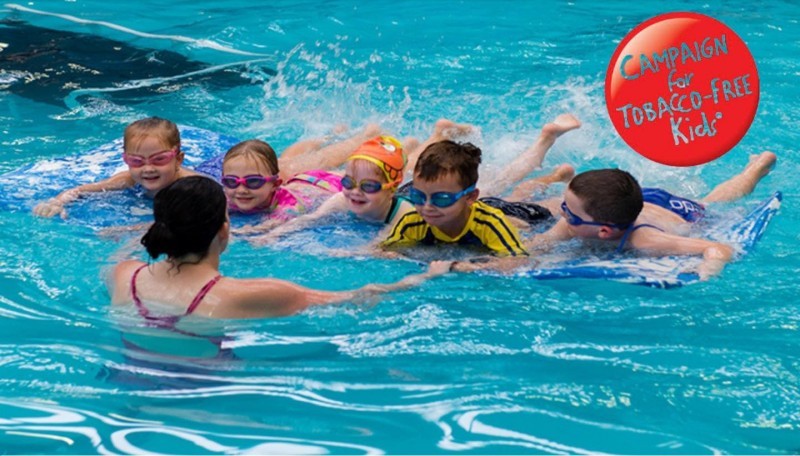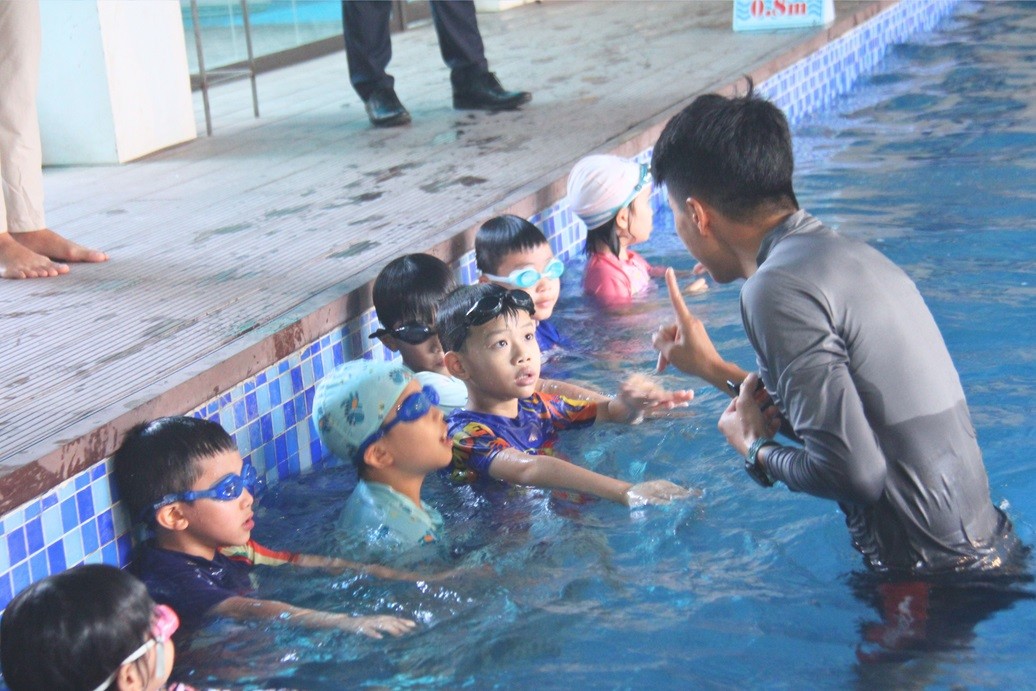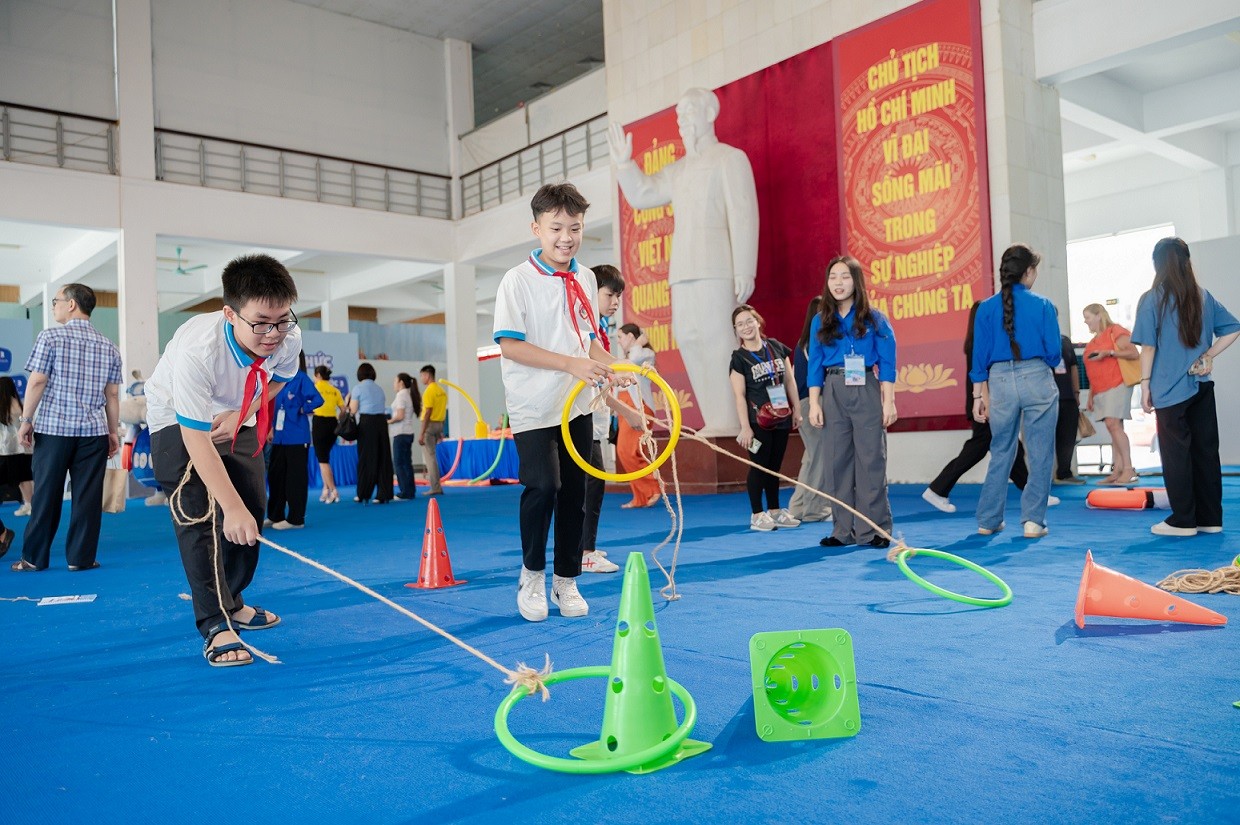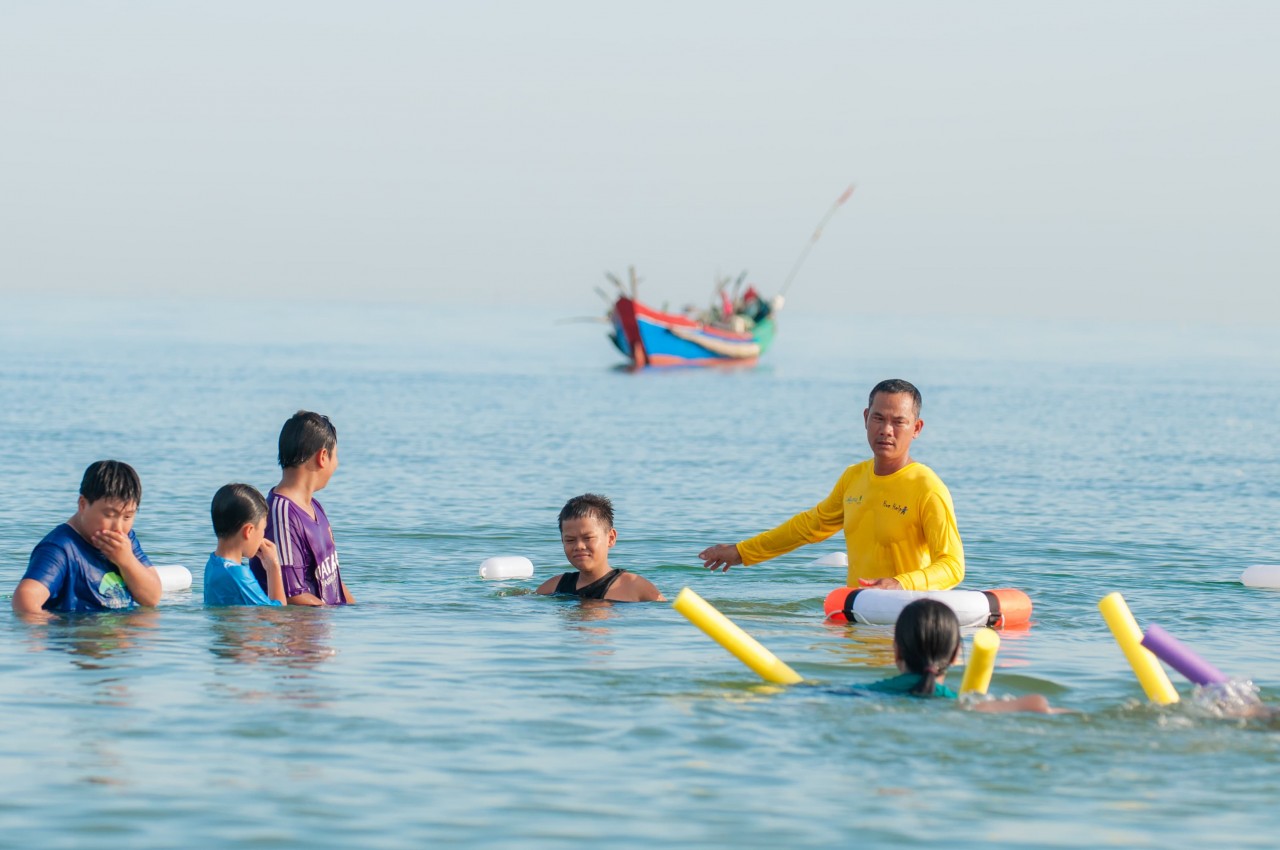Strengthening Efforts to Prevent and Combat Child Drowning in Vietnam
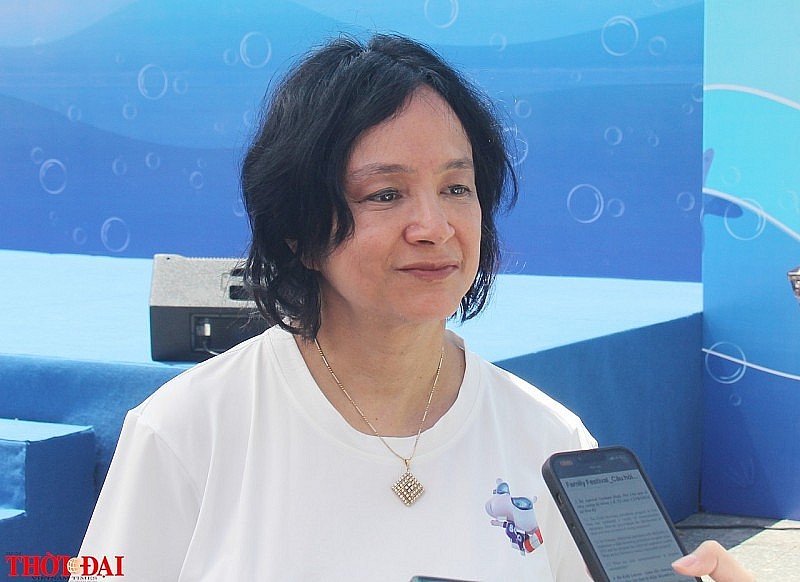 |
| Agarwal Vandana Shah, Vice President of Health System Strengthening, CTFK/GHAI, USA (Photo: Valerie Mai) |
Agarwal Vandana Shah, Vice President of Health System Strengthening, CTFK/GHAI, USA - Strengthening cooperation on many levels, ensuring localities' financial ability
Regarding the key factors to the successful cooperation between GHAI and MOLISA, I have to emphasize this “partnership, partnership, partnership”. At global level, we partner with both Bloomberg Philanthropies and WHO in bringing this program. Obviously, at the national level, we have strong partnerships with the National Assembly, Youth Union, and lots of different ministries, especially the Ministry of Health. At the provincial level, I think the most important thing is to learn global best practices on drowning prevention and tailor it into the context and culture of Vietnam.
For program sustainability, I think we need local ownership and political will. We need political will at both national and local levels. It is really important at the provincial level, they have to commit both financial resources and continue mobilization such as training of teachers, swim lessons, and providing community pools. So I think two key factors for program sustainability are financial commitment and strong leadership at the local level.
 |
| Angela Pratt - WHO Representative in Vietnam (Photo: Valerie Mai) |
Angela Pratt - WHO Representative in Vietnam - Continuing to create legal frameworks and raise public awareness
Drowning prevention is an issue where lots of people have roles to play. The government has an important role in leadership, commitment, and funding. Communities and parents also have a role to play in making swim safety and classes for example available for children. They can also make sure body water is safer, such as swimming pools should have a fence around them and supervise their kids carefully.
WHO would really recommend four key things. First, focus on things that work, including providing swimming skills training and classes, raising awareness on basic safety skills around water for parents, and making sure that they are available for every community and every country around the world. Second, make sure these kinds of interventions have the support of the law and policy of the country. Third, ensure funding so that these interventions can be implemented and scaled up. Fourth, make sure that people are aware of the importance of drowning prevention and people know what to do to prevent it.
One of the things that are very impressive about Vietnam is the strong commitment from the government, from the Prime Minister down to the wide range of ministries such as MOLISA, the Health Ministry, and the National Assembly. Moving forward, WHO wants to continue to work closely with the MOLISA and the National Assembly to recommend policies and laws that we know they would work. In addition, WHO also wants to continue accompanying Vietnam to raise public awareness, especially about the role of each individual and family in drowning prevention.
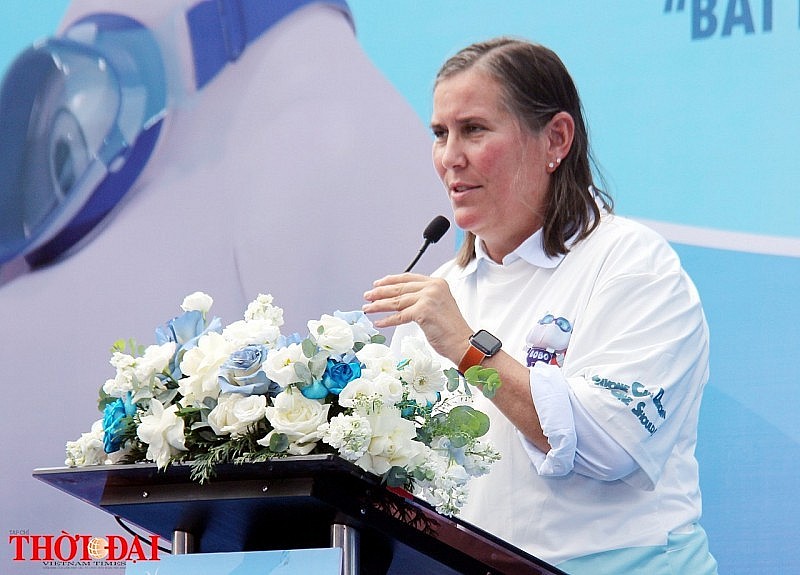 |
| Kelly Larson - Director of Public Health Detailing Program at Bloomberg Philanthropies (Photo: Valerie Mai) |
Kelly Larson - Director of Public Health Detailing Program at Bloomberg Philanthropies - Bringing swimming and water safety classes to more children
We have seen remarkable results in drowning prevention for children aged 6-15 in Vietnam. We started in 2018 and partnered with the government of Vietnam to provide extreme instruction for 6-15 years old children in 8 provinces. Since then, in 2018, the government of Vietnam has expanded to 12 provinces. Also, the Prime Minister issued a decree to provide funding so that 6-15 years old could learn how to swim. 30.000 kids have learned how to swim and that goal will increase to 80.000 and the ultimate goal is that 50% of children from 6-15 could learn survival swimming through the MOLISA ten-year child drowning prevention program.
By partnering with the Government of Vietnam to provide swimming instruction, we see great outcomes with the government ownership of the drowning prevention program and continue with great efforts to scale up these interventions. We know that the government has learned lessons along the way and will continue to be more efficient and effective in drowning prevention strategy in the next decade.
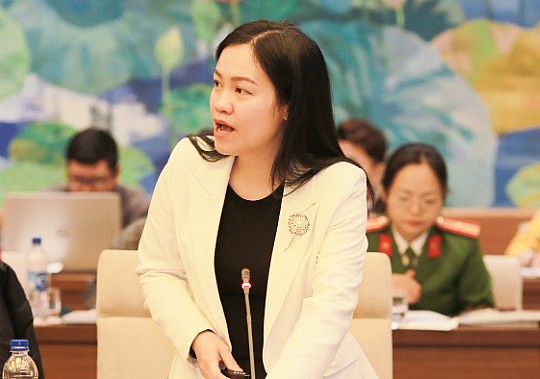 |
| Doan Thu Huyen - CTFK's representative in Vietnam (Photo: Doan Thu Huyen) |
Doan Thu Huyen - CTFK's representative in Vietnam - Promoting communication and training
Vietnam has a long coastline and a dense system of rivers, streams, and canals, especially in residential areas. Meanwhile, most people have little awareness of the burden of drowning and safety skills in the water environment. Only a low percentage of children know how to swim. These factors lead to many unfortunate accidents, especially in rural areas.
Over the past four years, CTFK has collaborated with Vietnam to provide free swimming lessons for 32,000 children and teach water safety skills to 52,000 children in 12 provinces and cities. Such efforts help to significantly reduce the rate of children drowning in the intervened areas and raise the percentage of children knowing how to swim to more than 32%, compared to 19% nationwide.
This year, CTFK will continue to provide swimming lessons, teaching skills and knowledge about safety in the water environment for children in the intervention areas. Notably, this year we will focus more on communication activities to raise awareness of parents and children and reach managers and leaders of agencies and ministries. Thereby, all shareholders join hands and make more efforts to protect children, especially in drowning issues. To be more specific, we have collaborated with our partners to organize a Family Festival on World Drowning Prevention Day. In the coming time, CTFK will conduct many activities in the local community to support parents, child carers, and child officials at the provincial, city, commune, and district levels to participate in training and improve knowledge on drowning prevention.
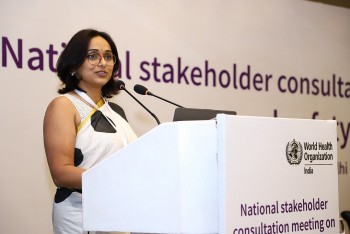 | International Experts Impressed by Vietnam's Initiatives to Prevent Drowning Vietnam impresses public health experts for creating a safer generation of swimmers. |
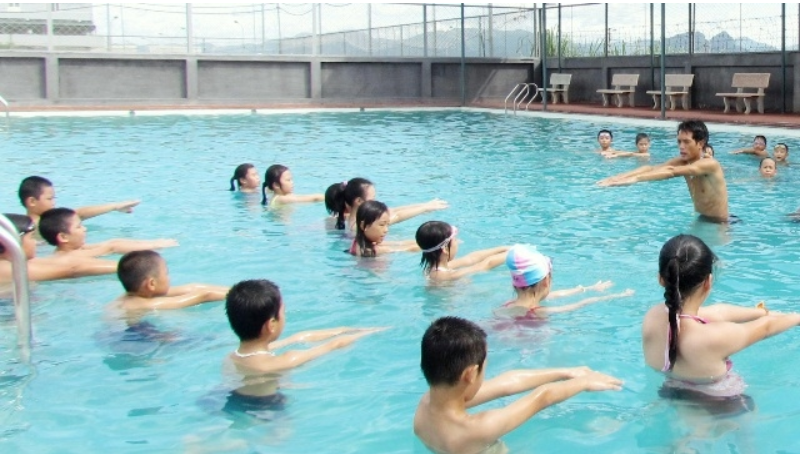 | Vietnam Responds to World Drowning Prevention Day In Vietnam, drowning is the leading cause of death for children aged 6 to 15. |
 | Parents' Attention Plays Important Role in Protecting Children From Drowning The statement was made by experts and representatives of foreign NGOs at the Family Festival to raise awareness about drowning prevention that took place at ... |
Recommended
 Friendship
Friendship
Vietnam–Uzbekistan Friendship Association Elects New President
 Friendship
Friendship
Delegation of Retired Mongolian Diplomats Promotes People-to-people Cooperation with Vietnam
 Focus
Focus
35 Years of FES in Vietnam: Fostering Dialogue, Advancing Equity
 Friendship
Friendship
VUFO Appreciates Contributions of American Veterans in Overcoming Consequences of War
Popular article
 Focus
Focus
Vietnam-Austria Relations: Unlocking the Potential for Cooperation in Key Areas
 Friendship
Friendship
Vietnam - Azerbaijan: Cherished Memories Should Be Carried Forward with New Achievements
 Friendship
Friendship
Center for Vietnamese Studies, Thailand-Vietnam Friendship Association Collaborate on Language Training
 Friendship
Friendship




